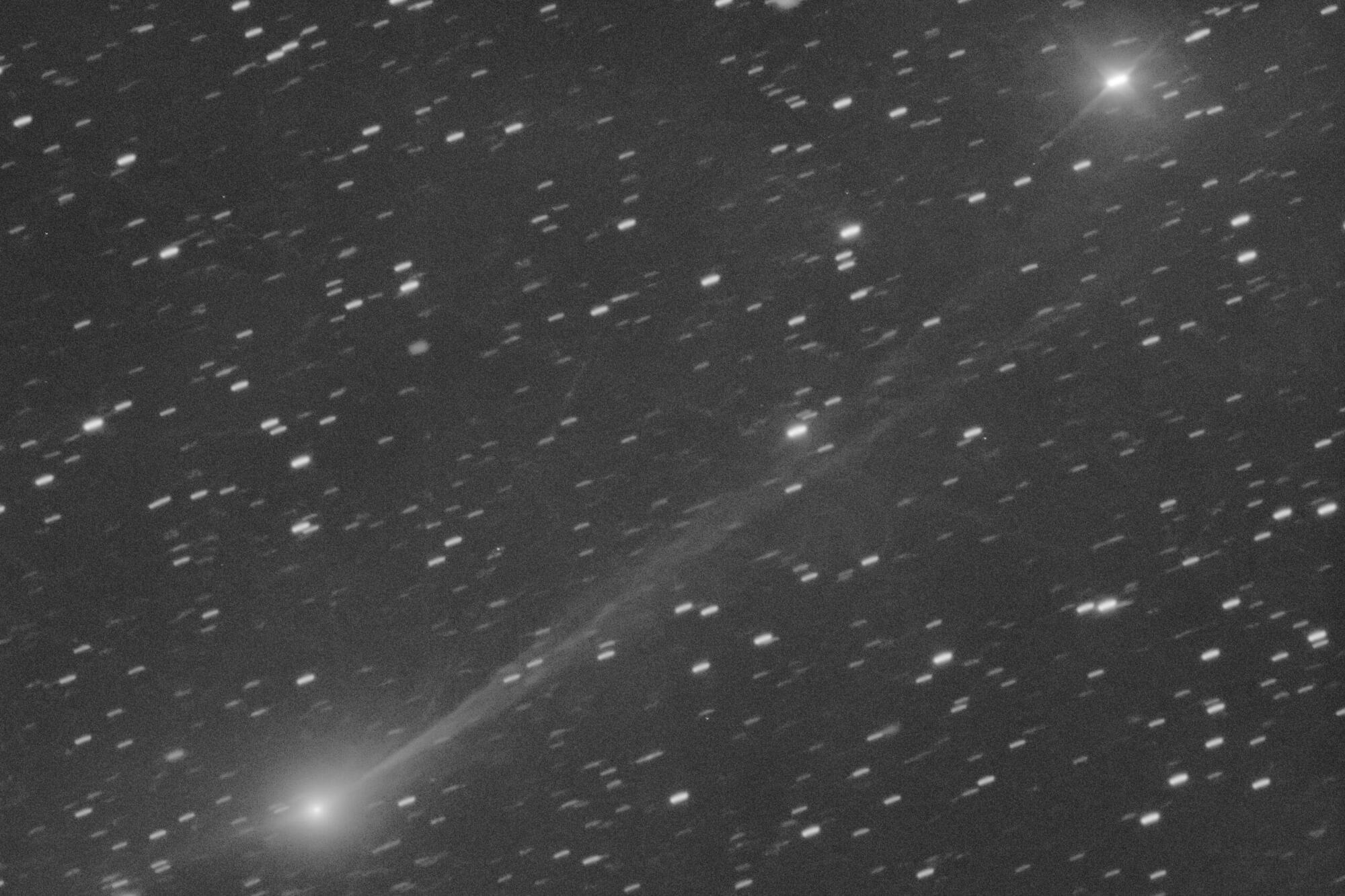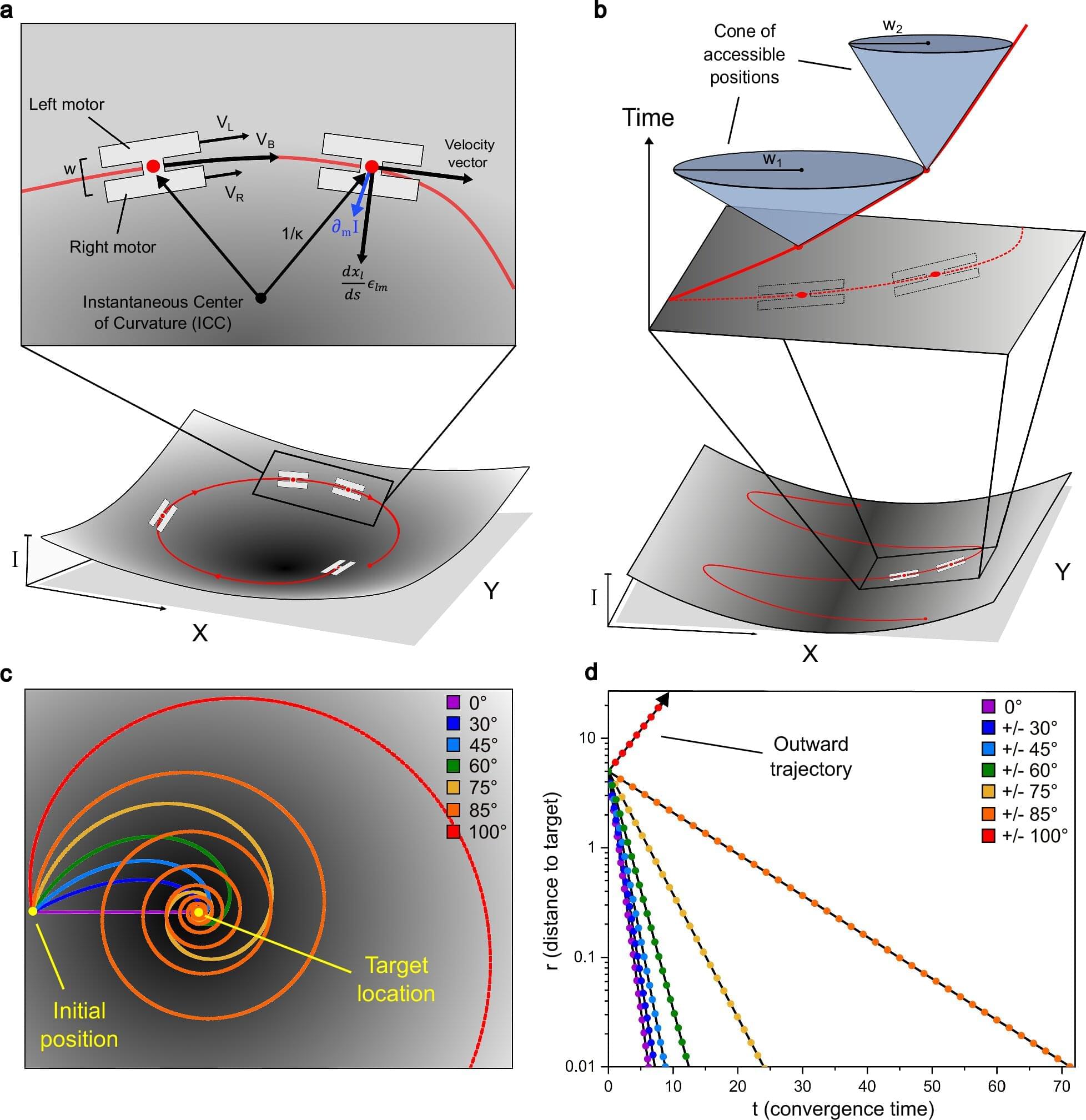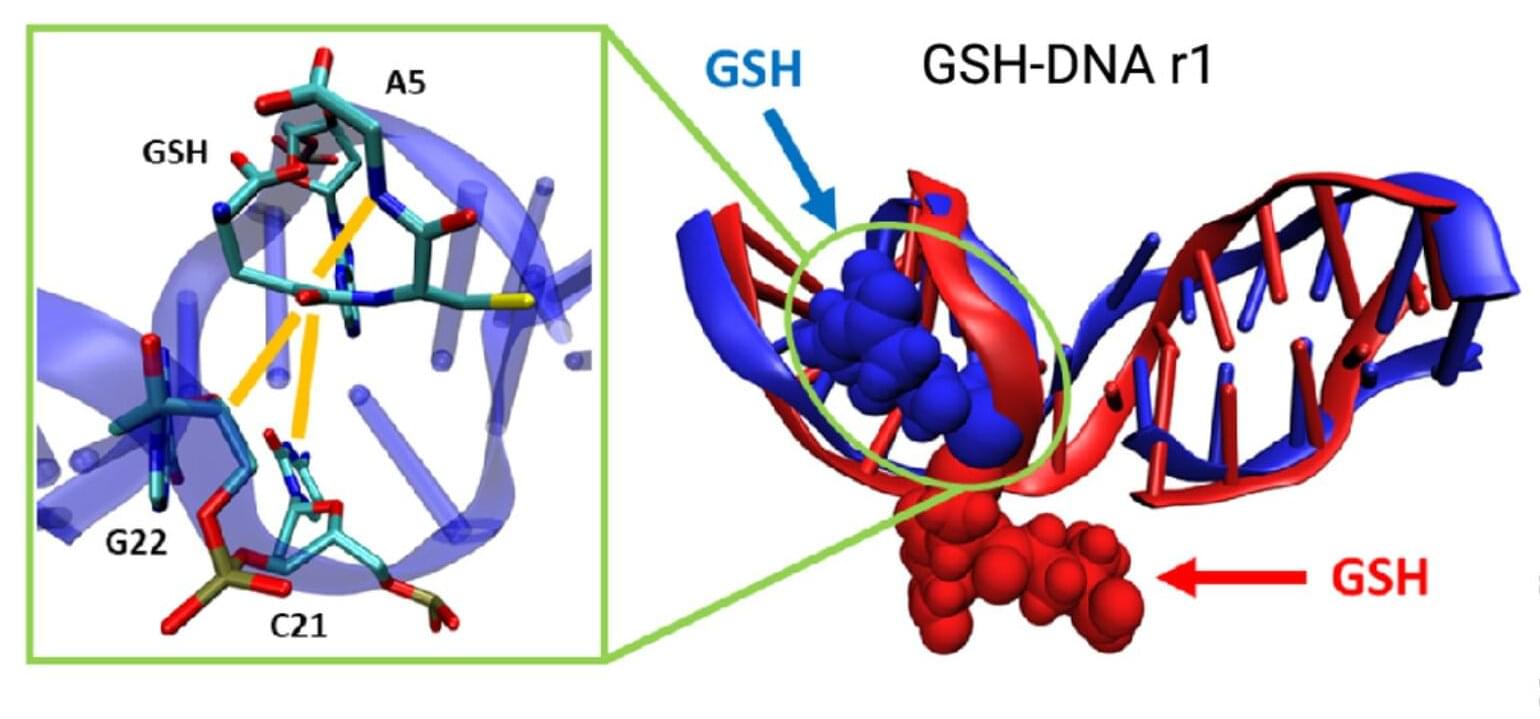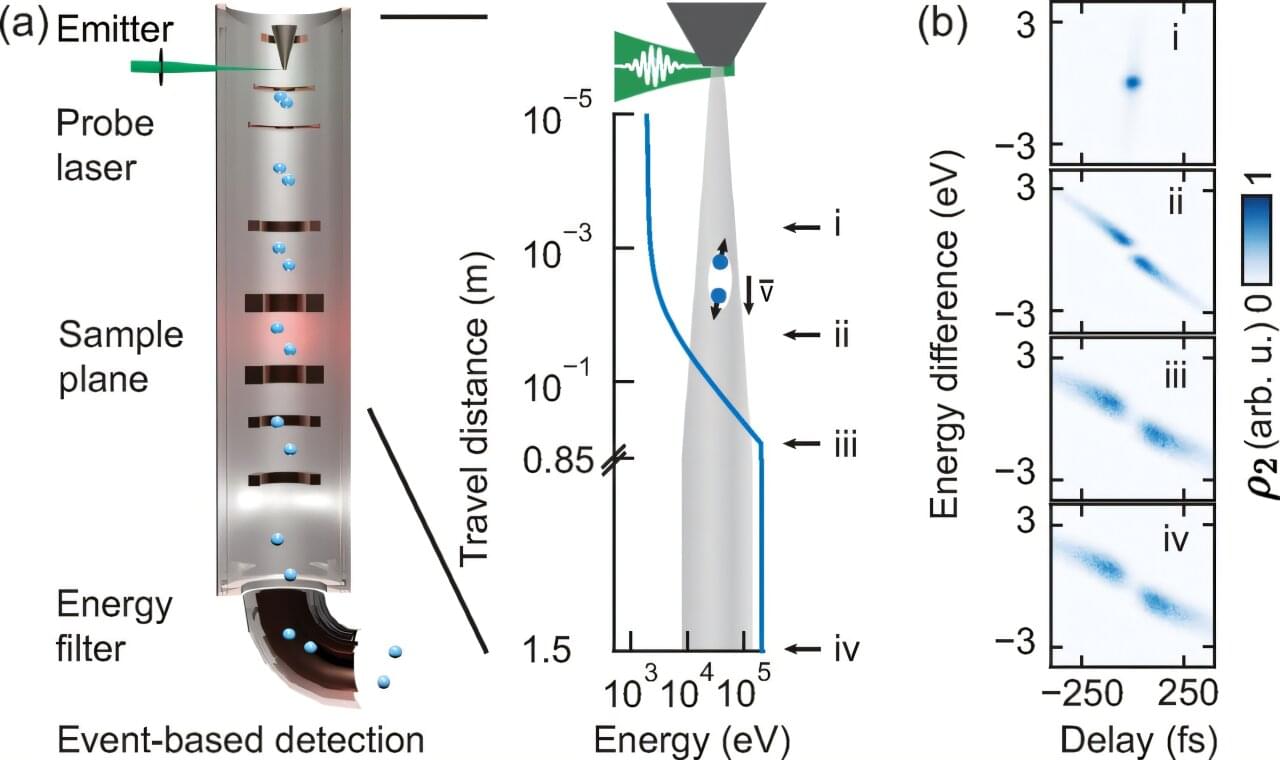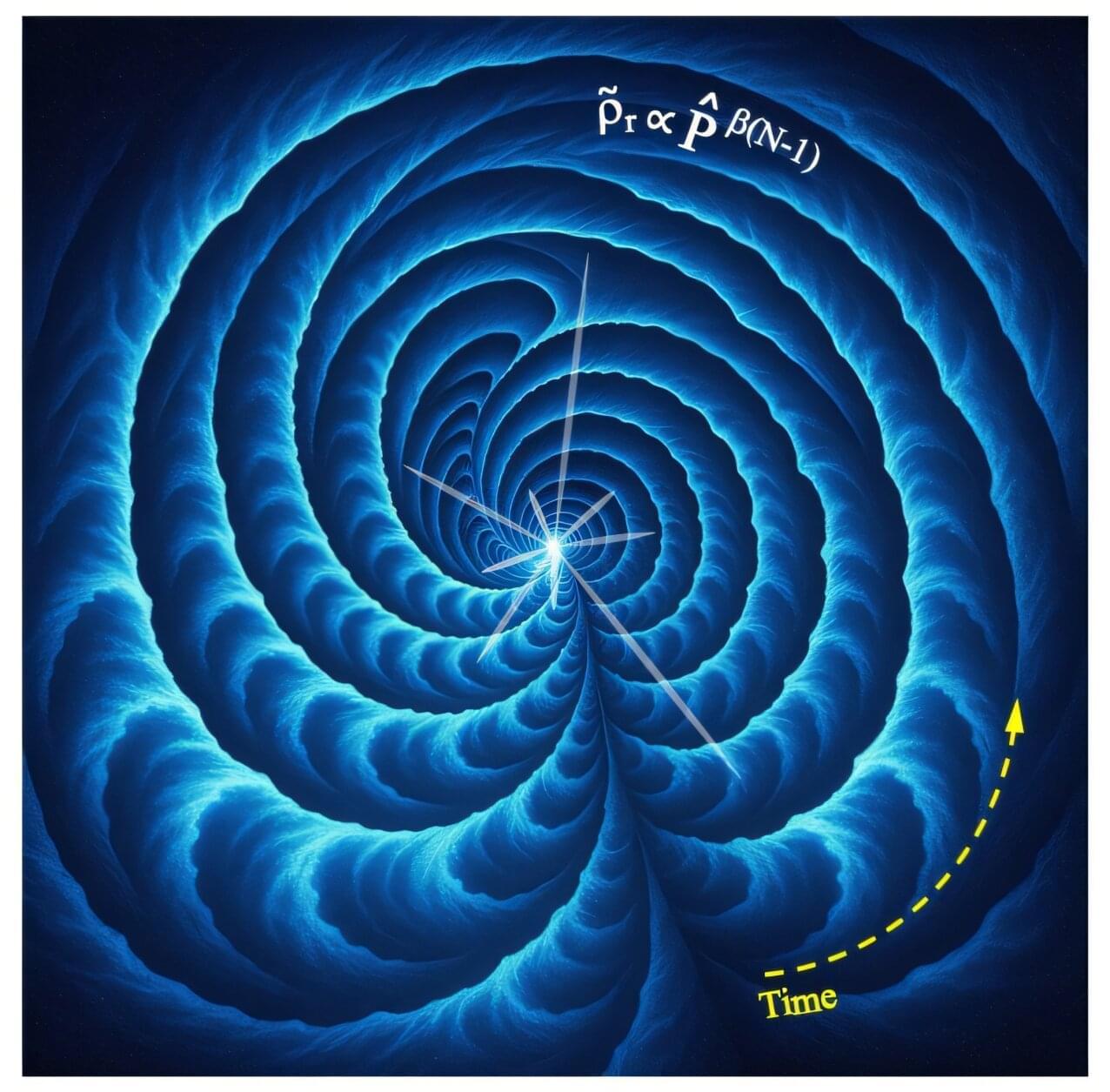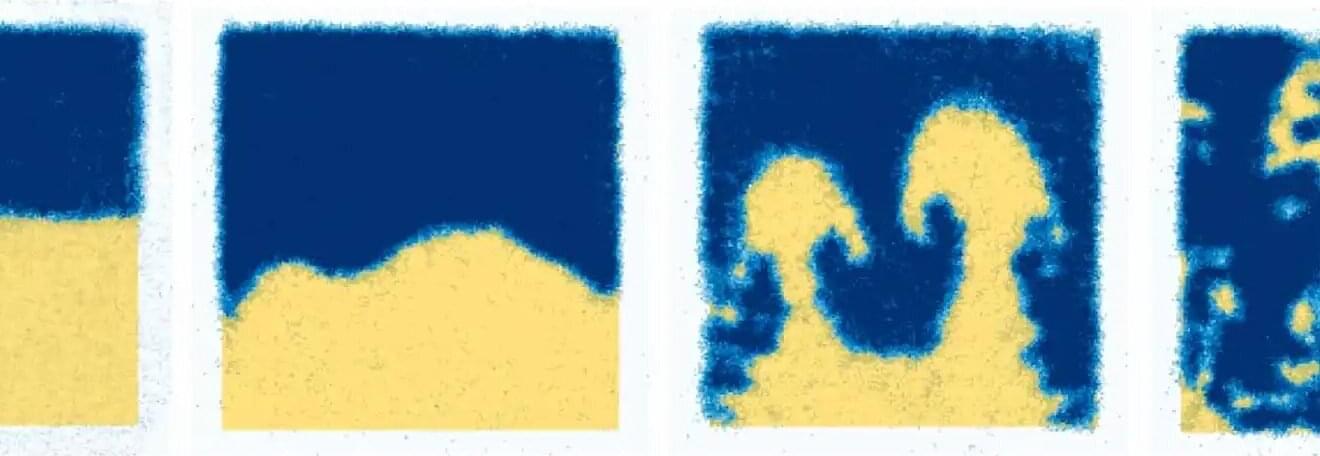Imagine the catastrophic winds of a category 5 hurricane. Now, imagine even faster winds of more than 100 meters per second, encircling the planet and whipping clouds across the sky, with no end in sight. This scenario would be astonishing on Earth, but it’s business as usual on Venus, where the atmosphere at cloud level rotates about 60 times faster than the planet itself—a phenomenon known as superrotation. In contrast, Earth’s cloud-level atmosphere rotates at about the same speed as the planet’s surface.
Prior research has explored the mechanisms driving atmospheric superrotation on Venus, but the details remain murky. New evidence from Lai and team suggests that a once-daily atmospheric tidal cycle, fueled by heat from the sun, contributes much more to the planet’s extreme winds than previously thought. The study is published in the journal AGU Advances.
Rapid atmospheric rotation often occurs on rocky planets that, like Venus, are located relatively close to their stars and rotate very slowly. On Venus, one full rotation takes 243 Earth days. Meanwhile, the atmosphere races around the planet in a mere 4 Earth days.
